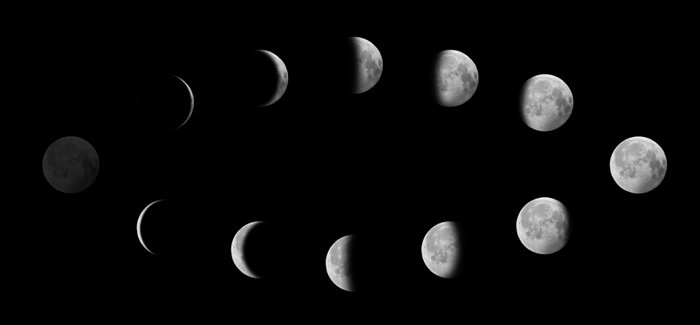New Moon Day | Introduction
New Moon Day Commences at the Dawn After Conjunction.
Sadly, we do not find in Scripture a clear explanation of exactly how to reckon New Moon Day. In recognition of this fact, we must carefully and prayerfully sort through every piece of evidence available before drawing any conclusions. Even in the absence of what is perceived to be overwhelming proof, we must be faithful to what we have before us; we must be willing always to follow the weight of evidence wherever it may lead.
The Reasoning behind the Method
The moon begins to illuminate immediately after conjunction. We cannot see it, though, until the sun sets because the moon is obscured by the greater light of the sun. The fact that we cannot see the moon immediately after conjunction, however, does not negate the fact that it has already began a new revolution with new illumination. Often, the first visible crescent will be seen on the evening of New Moon Day, displaying the new light to the viewer.
 |
|
The moon begins re-illuminating immediately after passing through conjunction with the sun. |
The reason for making the day after conjunction New Moon Day, as opposed to the actual day that conjunction takes place, is because a day cannot simultaneously be part of the old month and part of the new month. Therefore, the first dawn after conjunction takes place is the beginning of the new month.









